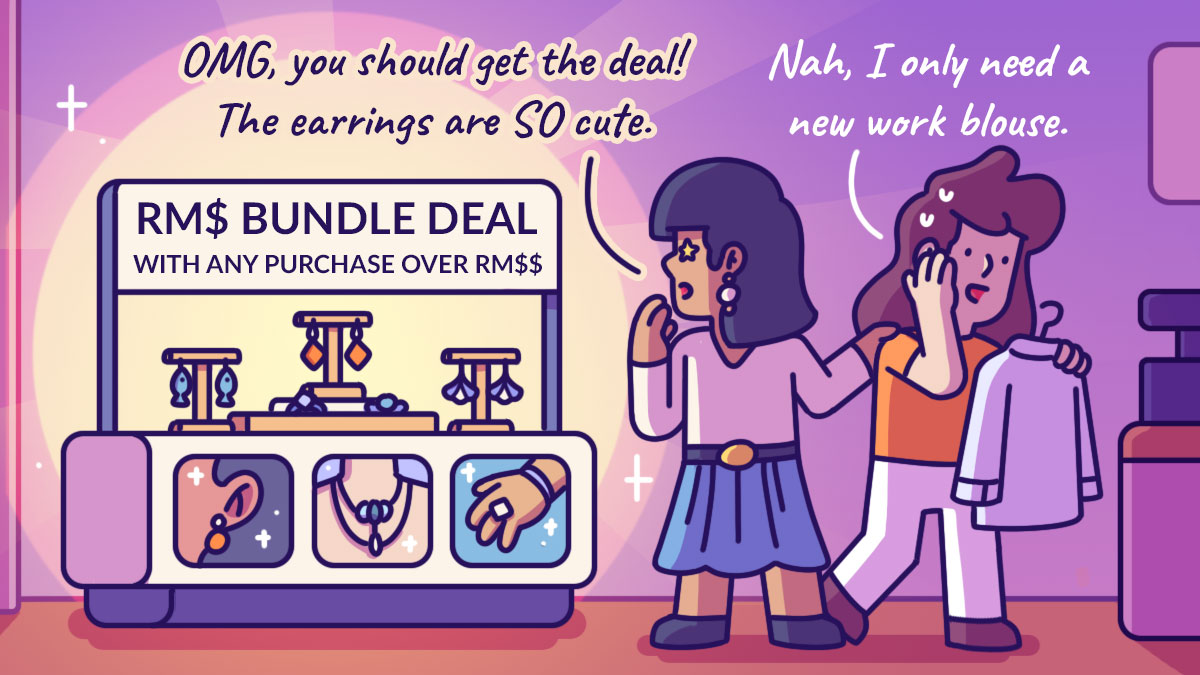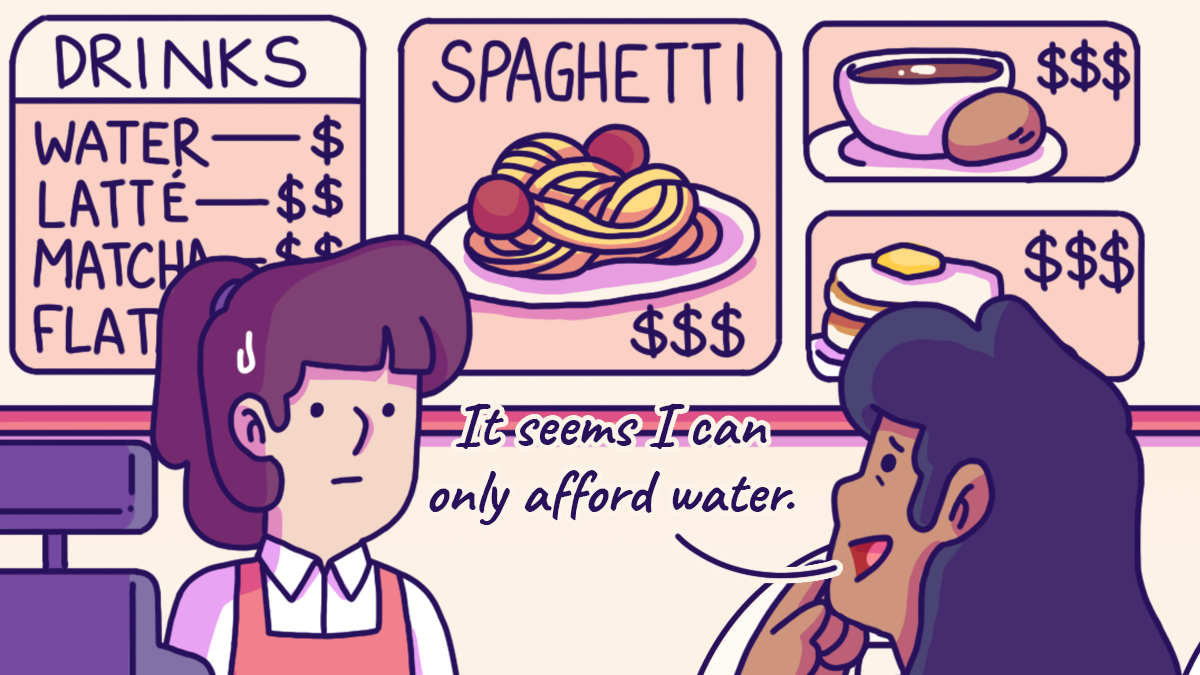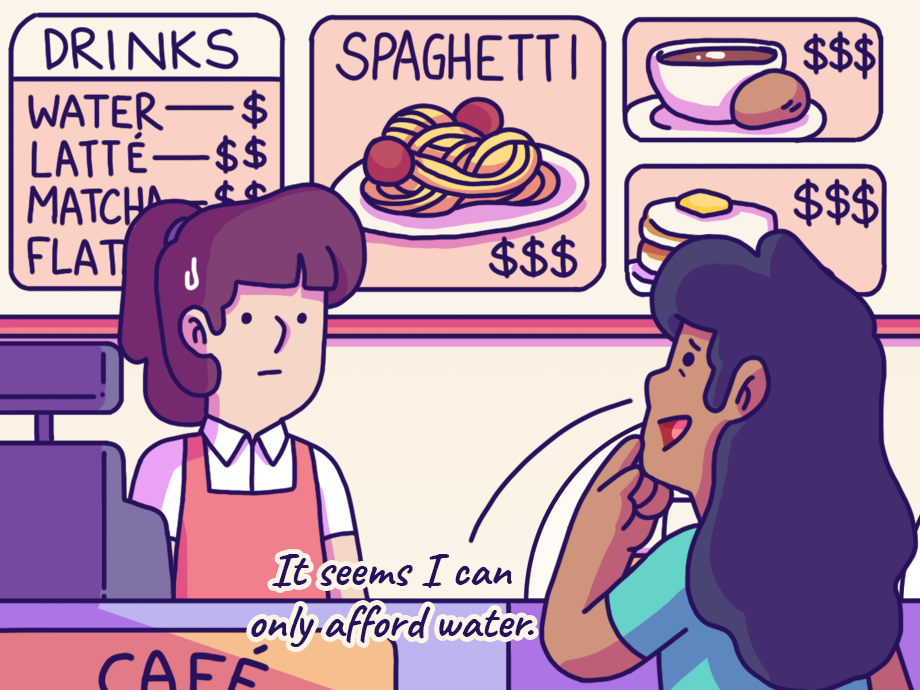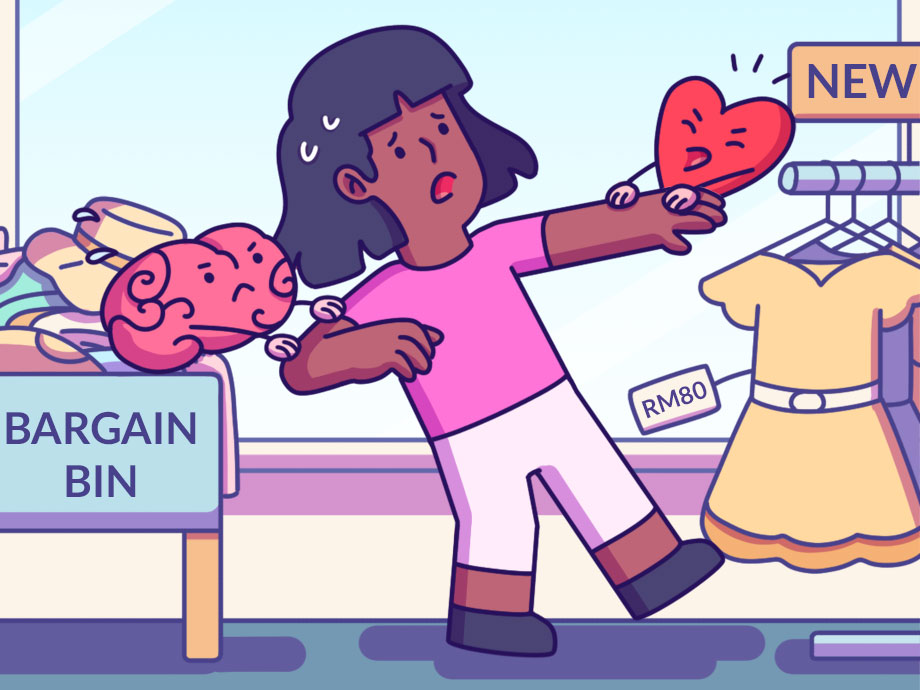Budgeting | Financial Planning | Personal Finance | Article
Is Fast Fashion Hurting Your Wallet?
by Ooi May Sim | 9 Nov 2023 | 5 mins read

Many of us spend hours scrolling through online stores looking at hundreds of clothes and accessories. The options never seem to end, even when our fingers start to tire from all the scrolling.
That’s essentially what’s fast fashion brands offer – an abundant variety of trending apparel that is manufactured and distributed quickly worldwide through online stores. It’s also how it got its name.
But the most appealing thing about fast fashion is its pocket-friendly prices.
While this might sound like a score, fast fashion can have a detrimental effect on your wallet and could easily damage your finances.
Spending more than you should
So, what’s the issue with having a low price point? Well, with everything being so affordable, consumers have higher purchasing power, which, according to statistics, has increased their appetite for spending.
A United Nations Environment Programme article states that the average person is buying 60% more clothing today compared to 15 years ago, but only keeping each item for half as long. It is estimated that people are only wearing items seven to 10 times before it is being tossed, which has given rise to the throwaway culture and various environmental issues.
Hence, because of fast fashion, there is now a culture of consumerism whereby many of us spend more money on clothes and buy them more frequently.
Frequent Impulse buying
With thousands of online stores at our fingertips, shopping can be done 24 hours of the day, seven days a week. Brands capitalise on this captive audience by dishing out year-round sales.
And when something is cheap, there is lower perceived risk associated with the purchase, so we don’t think twice before adding something to cart and checking out. This then leads to us making more impulse purchases.
It costs more than the price tag
While prices for fast fashion items may seem cheap upfront, you aren’t always getting a bargain. Fast fashion garments tend to use lower quality materials, which tends to spoil faster. You would then have to replace it more often and spend more doing so.
The items are also often mass produced, so the quality and workmanship of the apparel tend to suffer as well. And if a garment doesn’t fit you well, you might not even want to wear it, so it becomes money spent on an item that you won’t even use.
And although some fast fashion brands offer free returns, the hassle of dropping it off at a post office, not to mention paying for the high delivery costs often deter us from doing so.
Related
What you can do to stop fast fashion from harming your wallet
Irrespective of whether we are buying branded apparel or fast fashion items, the only way to prevent any financial damage is to be mindful of our spending. Here are some things you can do to ensure that your shopping sprees don’t get out of hand:
Avoid impulse purchases
Make a list of all the items you need, create a budget for them, and stick to it. Be wary of the recommendations or look suggestions that are usually displayed below each item in an online store. While a cute pair of earrings or a hairband might look nice with the item you are planning to buy, succumbing to the purchase could make you bust your budget.

You can also wait a day or two before buying something you like as it gives you more time to think through the item and consider if it really fits your wardrobe.
Calculate the cost per wear
To understand the ‘real’ price of an item, you can calculate its cost per wear. Take the price of the item and divide it with however many times you think you will be wearing it. The lower the cost per wear, the more value you are getting for that item of clothing.
For example, if a t-shirt costs RM30, and you plan to wear it once a week for 1 year, the calculations are:
RM30 (price of the item) / 48 (how many times you plan to wear it) = RM0.63.
This means, you will spend RM0.63 every time you wear the shirt.
From the cost per wear, you can better evaluate whether you should purchase the item, or not.
Related
Buy secondhand
Instead of buying new all the time, shop for preloved clothes at thrift stores. This doesn’t just help your bank account – it is also great for the environment!
Rent clothes
Many of us own dresses or gowns that we bought for special occasions which are now stuck in our closets with nowhere to go.
It is more economical and sustainable to rent if you have an occasion you need to dress up for. Renting allows you to be trendy and follow different event themes without breaking the bank… and without it taking up space in your closet.
Do your research
The issue with fast fashion apparel is that you get what you pay for. To keep costs low, manufacturers often use cheap fabrics that incorporate synthetic fibres such as polyester and nylon which are not very durable or breathable. And with clothes being mass produced, workmanship often takes a hit as well.
Of course, this is not always the case, so it is important to understand what you are buying and whether you are really getting a good bargain with your purchase.
Find out more about the garment by reading buyer reviews – Is the sizing accurate? What about the fit? And what sort of materials were used to make the item?
Use all these tips before you make your clothes purchase, and your bank will thank you.


















